HOME > Basketball
Iverson has no championship, but his greatness is beyond doubt
1:33pm, 20 June 2025【Basketball】
June 20, in the history of the NBA, the championship ring is often regarded as the ultimate measure of player greatness. However, when we open the career scroll of Iverson and Barkley, we will find the limitation of this single standard - their greatness has long surpassed the symbolic meaning of a ring and became an indelible spiritual totem in basketball culture.
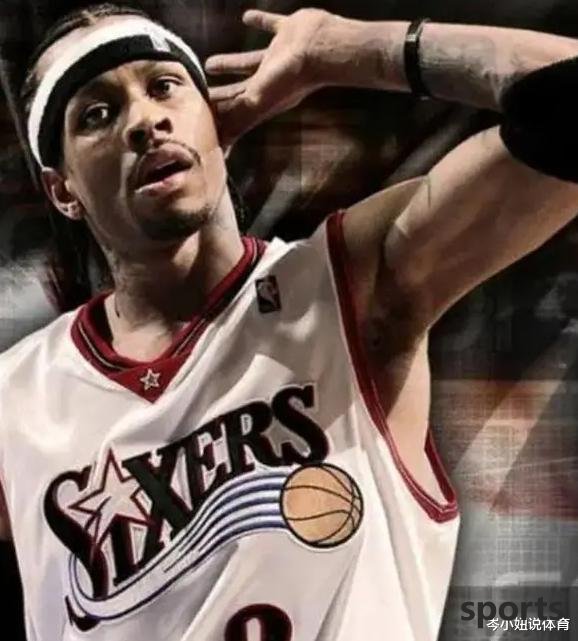
**1. The eternal mark of the lone hero: Iverson's subversive legend**
The Philadelphia story in 2001 is still rumored: Iverson, who is only 1.83 meters tall, drags his 11 injured body, scores 48 points in the finals to end the Lakers' unbeaten playoffs. This picture condenses the background of his entire career - challenging the most powerful system with the smallest body. In that era when he emphasized hand-to-hand combat in the inside, he redefined the defender's offensive aesthetic with his butterfly-like crossover. Behind the honors of the four-time scoring king, three-time steal king and 2001 MVP, he used his rebellious ditch head and arm guards to subvert the league's aesthetic paradigm.
Iverson's career average of 26.7 points (seventh in history) and 41.1 minutes of playing time (first in modern basketball), these data reveal a deeper truth: his greatness lies in the performance of personal heroism to the extreme. When the "Defensive Engineers" (Snow, Lynch, Mutombo) equipped by the 76ers management needs offensive support, he shoulders 35.8% of the team's offensive rounds with a real shooting rate of more than 60% every night (2001 playoffs). This lone temperament gave birth to the "ANSWER" spirit that influenced Curry, as the Warriors star said: "Our generation of guards grew up watching AI videos. "
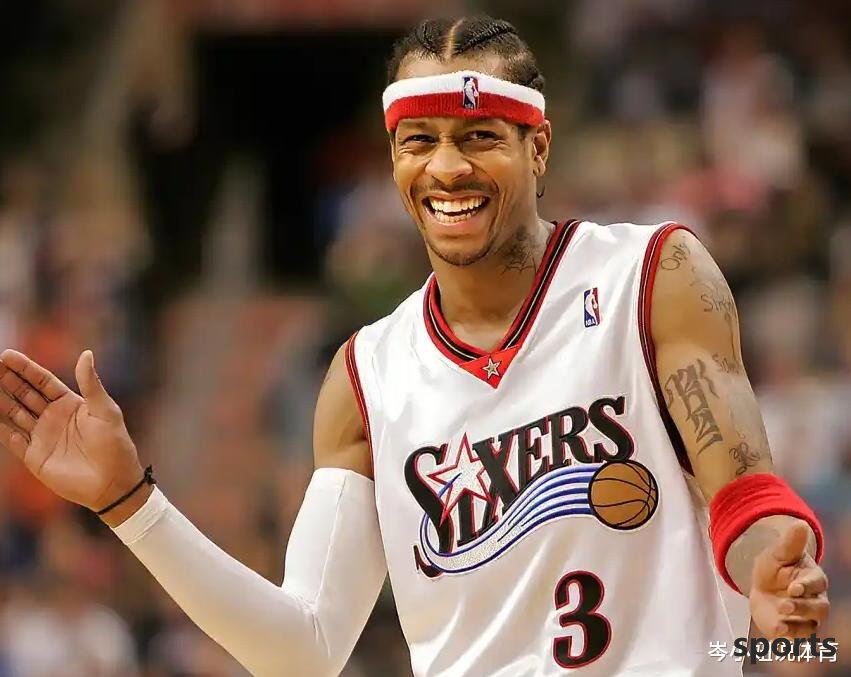
**2, the dominant logic of the Fliggy in the Air: Barkley's power aesthetics**
Charles Buck used his height of 1.98 meters to grab 11 rebounding champions in the 1990s. Behind this anti-physics performance is the top sense of positioning (12.3% career rebounding rate) and explosive power. In 1993, he snatched the MVP from Jordan with his all-round data averaged 25.6 points, 12.2 rebounds and 5.1 assists per game. The Western Conference Finals tiebreaker even explained what a "no-position basketball" pioneer with his performance of 44 points and 24 rebounds. His back-to-body singles efficiency (1.12 points per round) is even better than Olajuwon at the same time. This innovation that subverts the traditional four-position style directly affected the tactical positioning of the dream-Green later.
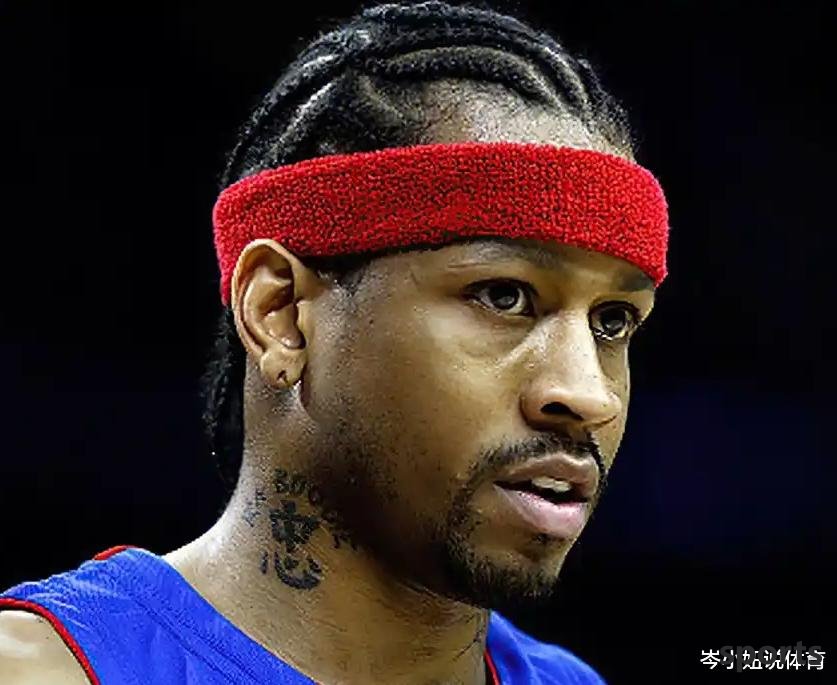
Bakley's regret is that he overlapped with the "God of Basketball" at his peak. In the 1993 Finals, he still couldn't stop the Bulls Dynasty. But his 20+10+4 data for seven consecutive years during the 76ers period (1986-1992), proved that its comprehensiveness is enough to change the dimension of the game. The roar in the TNT commentary's "Champion cannot define greatness" is exactly the footnote he wrote with his career data with 22.1 points and 11.7 rebounds (only four players in history).
**3. The disguise of champion narratives: the diversified reconstruction of great standards**
NBA official 75 superstar list, the number without champions accounts for 29% (22 people). This number itself is deconstructing the myth of champion supremacy. Stockton's 15,806 assists are like a sophisticated Swiss watch, and McGrady's 35 seconds and 13 minutes have become a probability miracle. These moments are no less valuable than the champion rings of some role players. A 2018 survey by the American Basketball Journalists Association showed that 72% of respondents believed that Iverson's historical status should be in the top 20, far exceeding many champion puzzle players.
Modern data analysis also proves this: Barkley's career PER efficiency value is 24.6 (12th in history), and Iverson's playoff BPM value is 5.1 (the first in the same height in history). These high-level data prove that their influence on the game is far beyond his team's honor. Just like Carl Malone's two MVPs but missed the championship, personal greatness in team sports requires a more three-dimensional judgment dimension - including cultural influence (Iverson's hip-hop culture breaks the circle), technological innovation (Barkley's face-to-back hit), and the tragic feeling of confrontation with the times (the two lost to the season champion 6 times in total).
**4. The spiritual legacy beyond the ring**
When the statue of Iverson stands in front of the 76ers' training hall, and when Barkley's No. 34 jersey flutters at the home of the Suns, these rituals themselves are redefining greatness. The former gave birth to the basketball philosophy of "loyalty to oneself", and the latter pioneered the survival rule of a short inside player. Their stories remind us that the most moving chapters in sports history are often perfect with flaws - just like the metaphor of Venus' broken arm, the absent championship actually makes their struggle more aesthetically valuable.
In the collective sport of basketball, the championship is brilliant, but those lonely heroes who use their own strength to expand the boundaries of the sports and reshape cultural cognition are also worthy of the highest praise. As Jordan himself said: "After fighting with AI, I knew what fearlessness is. " This spiritual inheritance that transcends the times may be able to measure great depth more than a ring.
Related Posts
- Curry made the wrong choice as a substitute? Hardaway Jr. has diverse offense and is more suitable for the Warriors than Hield.
- 9 people performed well, the two heroes of 2009 "fighted with gods", who was the best player on the 15th?
- Wenban Yama s latest figure! Crazy transformation!
- A flash in the pan! The regret of the first generation of white horse spear!
- European Cup sad and happy night: Four teams qualify for three consecutive victories, and Doncic still finds a victory for 39+9
- Lakers news: James creates another miracle, Doncic polishes his weaknesses, American News suggests Sohawikins
- Very dissatisfied with the progress of the negotiations. The 76ers star in the backcourt may choose to sign a qualification offer?
- Analysis of Yang Hansen s second game performance in the summer league: Pros and cons are revealed
- Harden s 81.5 million details in two years: Keep the full middle class for the Clippers and no maximum salary after leaving the Rockets
- The top 50 players in the NBA s lowest winning rate are & No. 4 pick is shortlisted, the regicide is listed, and the number one declining god is only 20%
Hot Posts
- Curry made the wrong choice as a substitute? Hardaway Jr. has diverse offense and is more suitable for the Warriors than Hield.
- 9 people performed well, the two heroes of 2009 "fighted with gods", who was the best player on the 15th?
- Wenban Yama s latest figure! Crazy transformation!
- A flash in the pan! The regret of the first generation of white horse spear!
Recommend

For the first time in history, Alexander hit a new high of 55+26 free throws in consecutive double overtimes. He tied Westbrook with 50+ for the fifth time.

Is the salary of the new Thunder Three Young Master really high?

$4.8 million in one year! 22 points, 9 rebounds and 4 blocks. This is the center the Lakers need.
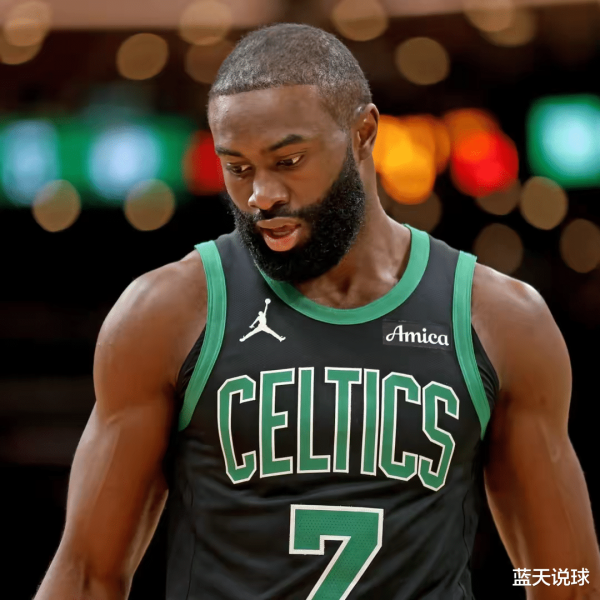
Rockets trade prediction: 5 for 2 to upgrade to the shooting guard, at least the Western Conference Finals in the new season!

Boom 41+14+11! We couldn t guard Harden, Russell expressed frustration, and Kidd also made it clear.

Average of 8.6 points per game in a single month! Congratulations to the Lakers, is another Monk coming?
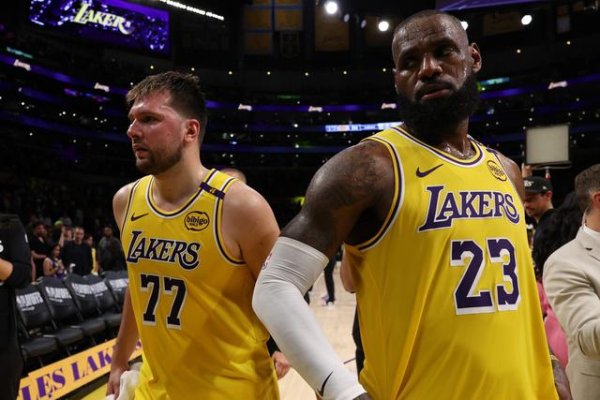
A-Smith: James has the responsibility to ensure that 077 stays behind the Lakers, He is a master in dealing with interpersonal relationships
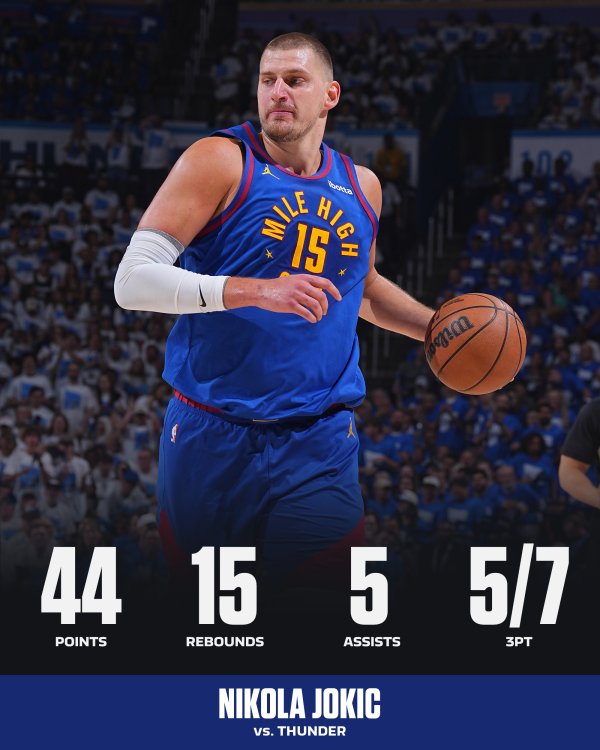
Jokic left the court in despair 44+15! The Nuggets lost two sinners: Westbrook Porter made 2 of 14 shots and lost the team